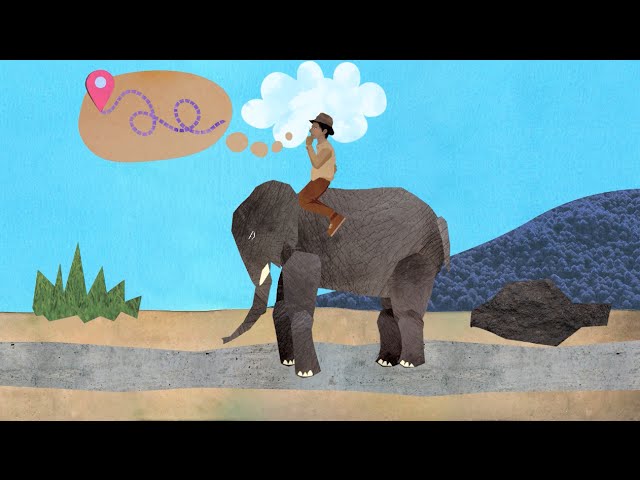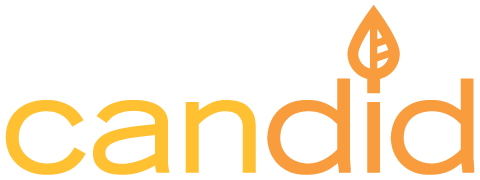
We all have tried to start healthy habits or stop doing something we think isn’t good for us. The impulse is good: we want to grow as a person. You enrolled at UW with the goal of growing and self-improvement: getting an education, developing your “adulting” skills, and (hopefully) positioning yourself for what comes next.
But the more pesky day to day ‘growth’ — starting to exercise or eating healthier food or improving homework habits can be the hardest to achieve. We often feel hopeful at the beginning of the semester… only to see our intentions and efforts falter as assignments stack up, stress builds, and we just don’t feel like we have the time or the bandwidth for “self improvement”.
I wanted to share a few tools and strategies that could help you see real progress in building healthy habits and getting results with less frustration and more success.
Anyone who has done coaching with me (you can check out Candid Circles here if you are curious about that) knows that I talk a LOT about our brains. Our brains are truly phenomenal… and truly tricky… when it comes to trying to change things up.
3 Parts of our Brain
Survival Brain
Our brainstem governs our unconscious autonomic nervous system and unconscious physical systems like breathing, heart rate, releasing hormones and chemicals for regulating things… It is designed to protect survival.
Emotional Brain
Our limbic brain helps store memory and is the home of all things emotional. Our fight-flight-freeze response originates here. Interestingly, the limbic system is the “bridge” between our unconscious brain and our reasoning brain (up next). Our emotional brain seeks pleasure and avoids pain or discomfort.
Reasoning Brain
Our cortex is our analyzing and processing brain, charged with deliberation, reasoning, decision making and meaning making. This part of our brain makes sense of our experiences, creating narratives and assigning meaning.
When all parts of our brain align and row in the same direction, amazing things can happen. Instead, we often feel like we are “of two minds”: on the one hand we want the results that come from exercising more (endorphins, improved mood and sleep and releasing stress), while on the other we don’t feel like doing what it takes. Our brain says, “It’s cold outside and I don’t want to walk to the NIC”; or “I am tired and don’t have the energy”; or “I’m not sure if I have time to work out AND shower before my next thing.’ Does any of this sound familiar? The limbic brain and cortex are at odds with each other about how to proceed.
Riding the Elephant
One of my favorite analogies for how this works (or doesn’t work) is from the book Switch: How to Change Things when Change is Hard by Chip and Dan Heath (they are brothers). The authors talk about change requiring 3 components working together: a clear path (the environment), a navigator/driver who knows the destination and how to get there (reasoning brain), and the emotional desire to do it (limbic brain). In this analogy the rider is directing the elephant (emotional drive) in order to reach the desired destination. The rider (cortex/reasoning brain) knows where to go. But the path has to be clear… if there is a tree blocking the way, it makes it much harder to reach the destination. And what about that elephant? What direction are the peanuts? Is there something MORE appealing to the left of the road? The driver can easily get worn out trying to strong arm the the elephant toward the desired direction, if the elephant doesn’t want to go that way.
Our attempts to develop new habits and changing how we do things can feel a lot like this. We can strong arm ourselves through “will power”, but will power is literally a finite resource and over time will tire and diminish. Will power is often not enough power to reach the destination. Sometimes, there are things in our lives that really create obstacles for us. We are committed to so many things that there literally isn’t room for something new. We haven’t set up our environment for success (think of distractions when you are trying to work, or food that you snack on, or not having your work out clothes easily accessible and ready to go). Maybe the new thing just feels like a drag–there’s no pleasure or attraction to it.
So, what can you do to set yourself up for success?
Clear Destination
You may know you want to get your homework done more consistently. What does that mean? Do you know how much time that will take and can you schedule that into your day? Do you know where you can get help if you get stuck? What are the specific tasks you need to do? Instead of “do homework” — give your brain specific tasks like:
- Read my Bio chapter
- Review lecture notes
- Do math problem set
- Decide on a topic for my paper
- Find my resources for the project
- Plan my meals and snacks for the day
- Go to the NIC and work out for 30 minutes
TIP: Break things down into specific, achievable steps instead of setting a general overall goal like “do my homework”. Then schedule those specific things into your day.
Clear the Path
Look around and ask yourself how can you set yourself up for success?
If you want to go exercise: can you lay out your clothes and running shoes so you see them when you wake up or come into your room from class?
If you are changing how you eat: can you stock your kitchen with healthy snacks and food and clear out (and stop buying) the things you want to eat less of? Have you gone shopping?
If you are trying to study, where are you more focused and where are you more distracted? Go somewhere you can focus better or move your distractions out of eye sight…
Where’s the FUN?
The elephant wants to go where there are peanuts. How can you “sweeten” the experience/activity you are trying to do? If you are trying to go exercise, can you plan on listening to music you really love or going with a friend you would enjoy seeing and hanging out with? Can you watch a show on the treadmill that you like?
“Pairing” something positive and pleasurable with the new activity or behavior can help you look forward to (or maybe not avoid) the activity you are trying to do. Eventually, you begin to appreciate the positive benefits of doing the new thing — you feel less stressed, your mood improves, you enjoy something you were nervous about, your grades improve…and that becomes a positive in itself.
Secret Ingredient
The elephant and rider analogy lacks one component that I believe is critical in helping us grow: humans rarely grow in isolation. We are social creatures; we thrive when we are connected to others. That’s why having someone to work out with, or someone you can talk to about what you are working on and doing helps you stay on track. It provides social connection as well as accountability. We do better when we don’t try to do it alone.
Candid is here for you
Candid offers a number of ways to connect. Our workshops and coaching sessions are great opportunities for finding community. If you’re looking for additional support, Candid Circles can help support you as you work on your wellness goals and living a generally happier, healthier life.
Written by Ginger Morgan, PhD
Director of Candid — Health and Life Coach
